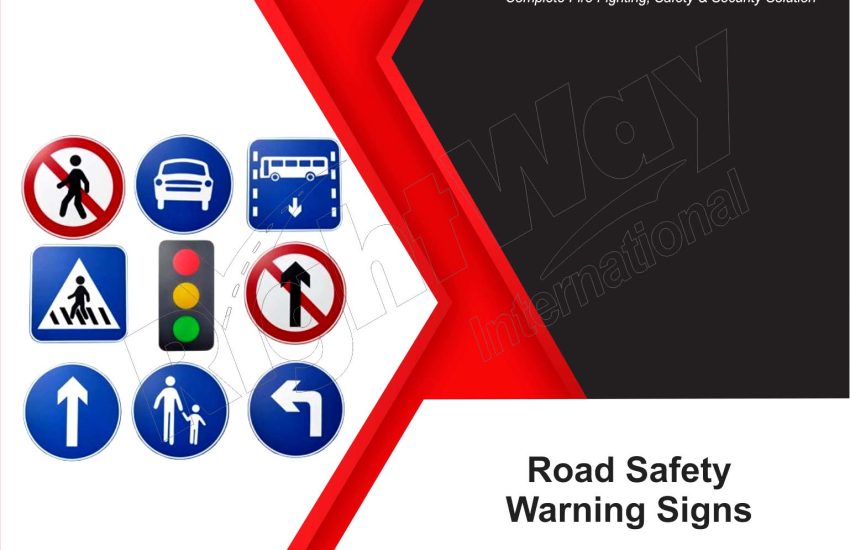Road Safety Warning Signs are essential tools for maintaining safety on our roadways. They provide crucial information to drivers, pedestrians, and cyclists, helping to prevent accidents and enhance overall traffic management. In this article, we will explore the various types of road safety warning signs, their significance, and how they contribute to safer travel.
What Are Road Safety Warning Signs?
Road safety warning signs are visual indicators placed along roads to alert drivers and pedestrians about potential hazards. These signs convey important information about road conditions, speed limits, and other critical safety measures. They typically feature distinctive shapes and colors that make them easily recognizable.
Types of Road Safety Warning Signs
1. Hazard Warning Signs
Hazard warning signs alert drivers to potential dangers ahead. Common examples include:
- Curve Ahead: Indicates a sharp turn in the road.
- Slippery When Wet: Warns drivers of possible slippery conditions during rain.
- Deer Crossing: Alerts drivers to watch for wildlife on the road.
2. Regulatory Signs
Regulatory signs communicate laws that drivers must follow. Examples include:
- Speed Limit Signs: Indicate the maximum speed allowed on a road.
- Stop Signs: Require drivers to come to a complete stop.
- Yield Signs: Instruct drivers to yield the right of way to other vehicles or pedestrians.
3. Information Signs
Information signs provide guidance to drivers and help them navigate the roadways effectively. Examples include:
- Distance Markers: Indicate the distance to the next town or destination.
- Exit Signs: Show upcoming exits on highways.
- Parking Signs: Provide information about parking regulations.
The Importance of Road Safety Warning Signs
1. Accident Prevention
Road safety warning sign play a crucial role in preventing accidents. By providing clear and timely information, these signs help drivers make informed decisions, reducing the likelihood of collisions.
2. Enhanced Traffic Flow
Effective warning signs contribute to better traffic flow. By communicating important information, such as speed limits and upcoming hazards, drivers can adjust their behavior, leading to smoother and safer travel.
3. Increased Awareness
Warning signs raise awareness about potential dangers on the road. They serve as reminders for drivers to remain vigilant, particularly in areas with higher accident rates or challenging road conditions.
4. Guidance for All Road Users
Road safety warning sign are not just for drivers; they also benefit pedestrians and cyclists. Signs indicating pedestrian crossings, bike lanes, and school zones help protect vulnerable road users by promoting safe practices.
Conclusion
Road safety warning sign are vital for maintaining safety on our roadways. By providing essential information to drivers and other road users, these signs help prevent accidents and promote safe travel. Understanding the various types of warning signs and their significance can empower individuals to be more vigilant and responsible on the road.


